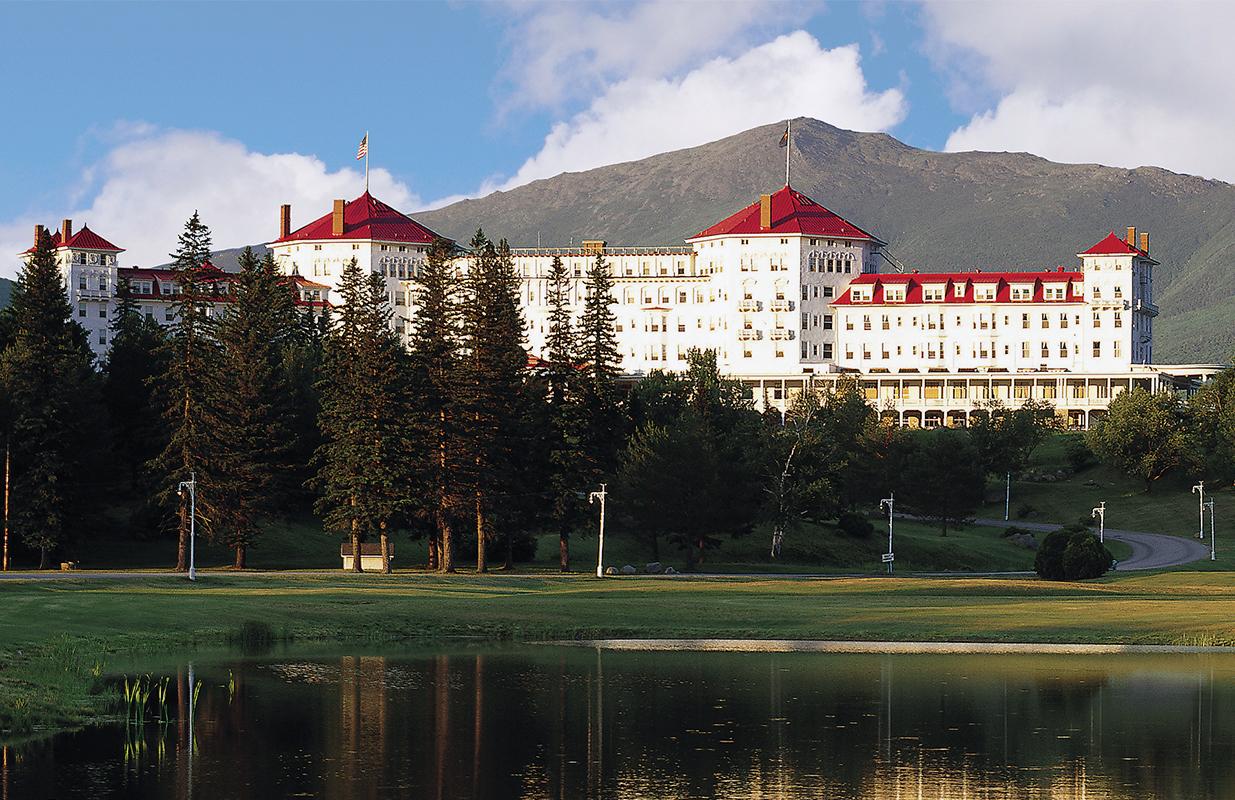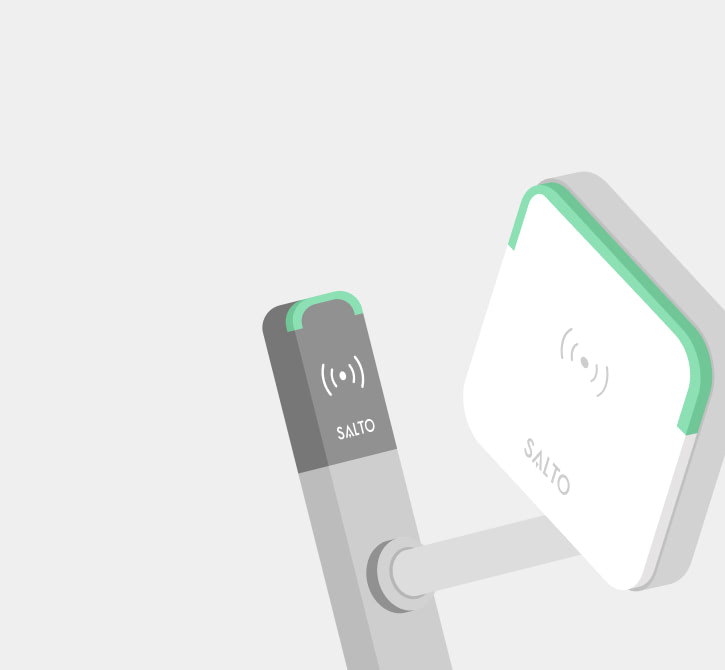Omni Mount Washington Resort
Standort: Bretton Woods - United States of America
Projektart: Hospitality - Luxushotels

Hauptvorteile
Das Resort wollte eine maßgeschneiderte elektronische Zutrittssteuerung. In Absprache mit Omni haben wir eine hochsichere und flexible Zutrittssteuerung entwickelt, die alle Anforderungen des Unternehmens erfüllt. Das gewünschte System sollte sich in die bestehende Umgebung einfügen, praktisch in der Anwendung sein und den ADA-Vorschriften (Americans with Disabilities Act) entsprechen.
Salto Lösungen für dieses Projekt:
Die zukunftsweisende SVN Data-on-Card-Zutrittslösung.
